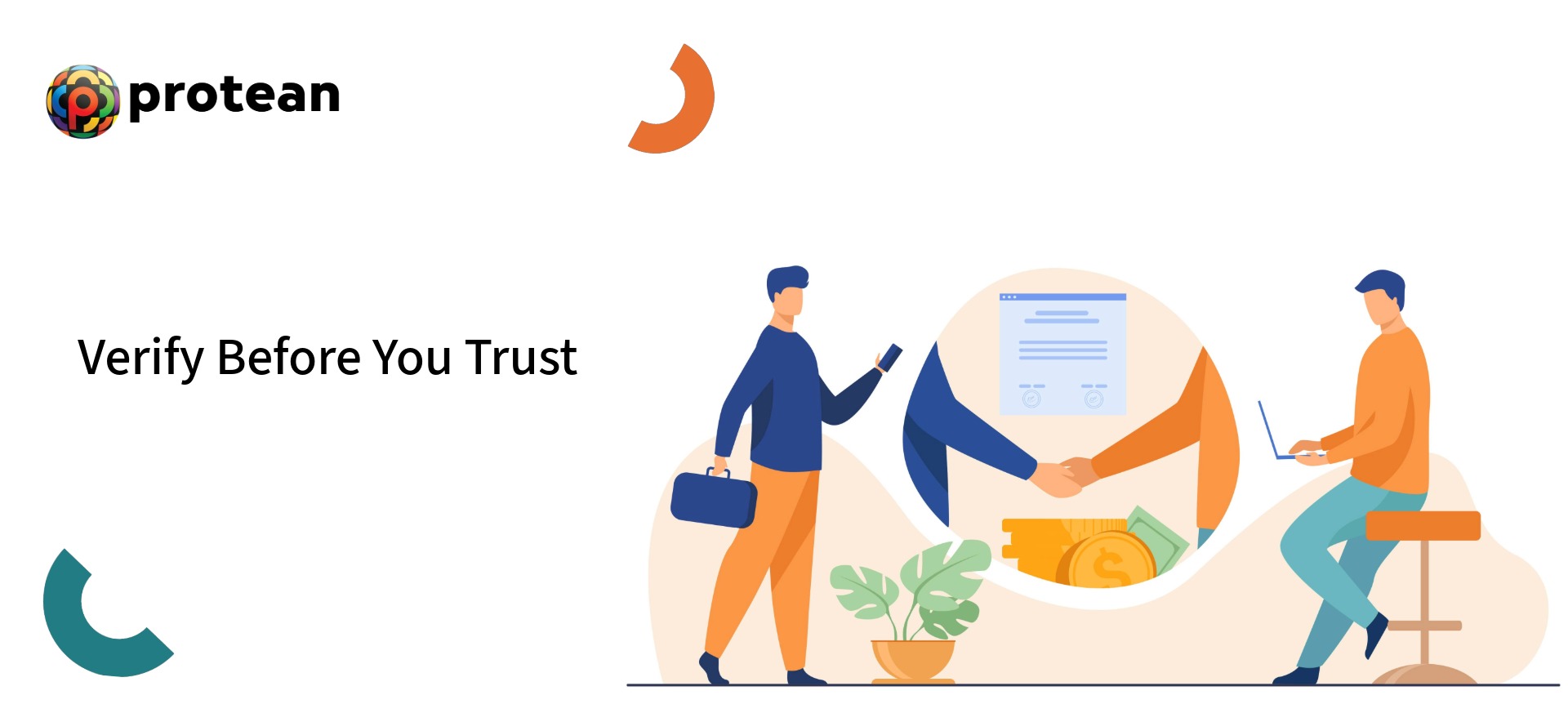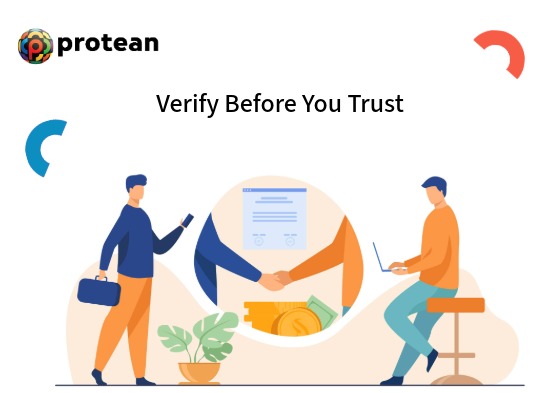Are you looking at a legal contract with a digital signature on it? It is natural to make efforts regarding digital signature verification. Also, there are digital signature verification online tools available for the same. But why does digital signature verification matter to a business?
We live in a fast-paced, digital world, gradually eliminating paper-based documents. Here, working with digital contracts is a normal phenomenon. Therefore, using digital signatures has been an advantage. However, not all electronic signatures carry the same level of legal validity or security.
Your agreements will generally be considered valid if the digital signature can be verified as authentic, the document remains unaltered, and the process complies with applicable legal requirements. Here’s how to check the legal validity of an e signature and what you must look for to ensure your digital agreements are secure.
Validating the e Signature vs. Digital Signature
The e signature and digital signature are related technologies, but they are structurally different.
- An "electronic signature" is a very broad legal term. An e signature can be your typed name at the end of an email, a scanned image of your handwritten signature, or even a "click-to-sign" box on a website. Its legal validity is entirely dependent on the surrounding context and proof of intent.
- On the other hand, a digital signature is a specific, highly secure technology. It is a subset of electronic signatures that uses a sophisticated cryptographic system called PKI (Public Key Infrastructure). So, as you sign a document with a digital signature, you use a unique, private "key" (i.e., a secure code) that is known only to you. The signature is created using your private key, while the corresponding public key, usually provided through a certificate, is used by recipients to verify the signature's authenticity.
This public key is used by a proper digital signature verification process to instantly confirm two non-negotiable facts:
- Authenticity - The signature was created by the person holding the unique private key, proving who signed it.
- Integrity - The document's contents have not been altered in any way, (you cannot even add a single space) since it was signed.
Neither of these guarantees are available with a simple scanned signature image.
When is an E-Signature Truly Enforceable?
Technical validation is the first step, but legal enforceability is the ultimate goal. According to the Information Technology (IT) Act, 2000, electronic signatures (and specifically, secure digital signatures) have the same legal standing as traditional wet-ink signatures in India. However, the signature's validity needs to be provable in court. For this a digital signature can have these main attributes.
Signer Authentication
The system must prove that the signer was who they claimed to be. A simple "click-to-sign" box is weak on this front. This is why high-security methods, such as the Aadhaar eSign used by platforms like eSignPro by Protean eGov Technologies, are so valuable. They link the signature to a government-verified identity using an OTP or biometric scan.
Clear Intent to Sign
The signer must have taken a clear, affirmative action that showed they intended to be bound by the terms. This can include checking a box, clicking an "I Agree" button, and then applying the signature.
Tamper-Evident Seal
The digital signature must be cryptographically bound to the document. This process is used to create a unique digital "fingerprint" (or "hash") of the document. So, if anyone changes a single comma after signing, the fingerprint no longer matches, and the digital signature verification will instantly fail. This tamper-evident seal enhances the evidence value of the document by proving its integrity.
A Complete Audit Trail
Beyond the signature itself, a robust system provides a court-admissible audit log. Enterprise platforms like eSignPro can generate this log automatically. It can record every step of the signing process like:
- Who signed
- When they signed
- The IP address they signed from
- The authentication method used
How to Verify the Signature Using PDF Software
To perform a basic digital signature verification, you do not need to be a cryptography expert. Even your standard PDF reader, such as Adobe Acrobat, has these tools built-in.
When you open a digitally signed document, you can pay close attention to the notification bar at the top or the "Signature Panel."
Conclusion
A digital signature is a powerful security feature. It is designed to provide a higher level of trust than a paper signature. Its legal validity is a product of verifiable technology. It is the underlying authentication, tamper-proof seal, and auditable trail that make them enforceable in court.
Therefore, you should always take a moment to perform digital signature verification to ensure the document's authenticity and integrity. For businesses, relying on a trusted platform that incorporates verification from the start is essential for legal compliance and security.
Frequently Asked Questions (FAQs)
What is the difference between an electronic signature and a digital signature?
An "electronic signature" is a broad legal term for any electronic mark showing intent to sign (like a typed name or a scanned image). A digital signature is a specific, secure technology that uses cryptography (PKI) to verify a signer's identity and lock the document from any future tampering. While all digital signatures are electronic signatures, not all electronic signatures are secure digital signatures.
Why does my PDF reader show a "Validity Unknown" error?
The “Validity Unknown” error generally means your PDF software does not automatically trust the Certifying Authority (CA) that issued the signer's digital signature. It does not mean the signature is fake. You can manually check the certificate's details in the "Signature Properties" and add the CA to your trusted list to validate it.
Is an Aadhaar eSign a valid digital signature?
Yes, an Aadhaar-based eSign is a legally recognised and highly secure form of electronic signature under the IT Act. It is a key feature of platforms like eSignPro. It uses a one-time password (OTP) or, less commonly, biometric data to authenticate the signer's government-verified identity, creating a very strong, non-repudiable signature.
What can make a digitally signed document fail in court?
You can successfully challenge the digital signature if it can be proven that the signer's identity wasn’t properly authenticated. This can also happen if the document was altered after it was signed (which a digital signature verification would easily reveal), or if the signer's digital certificate expired or revoked at the exact time of signing.


